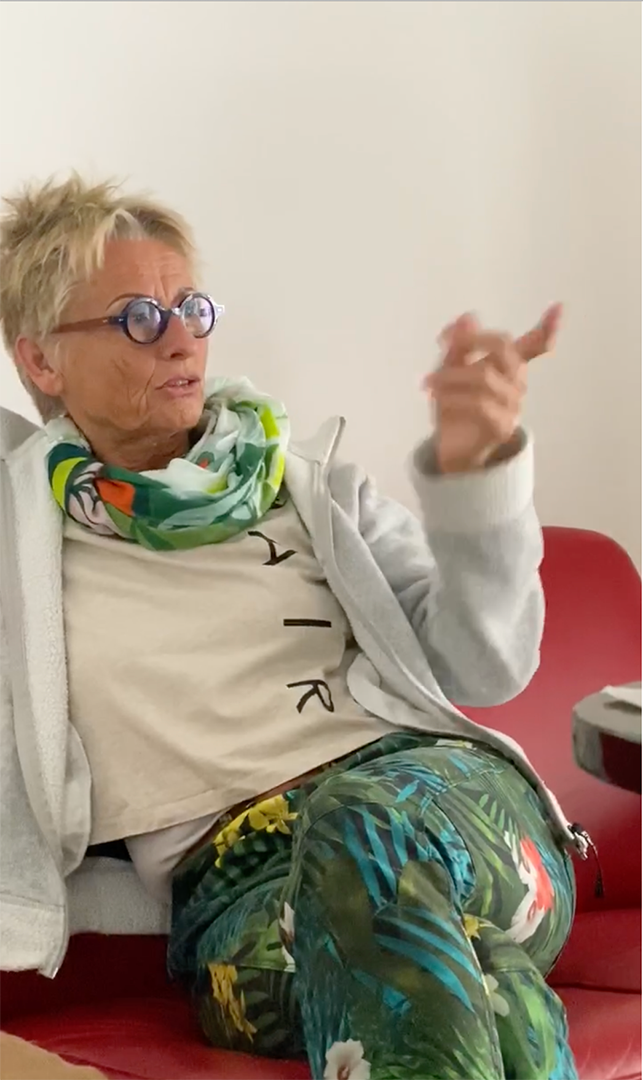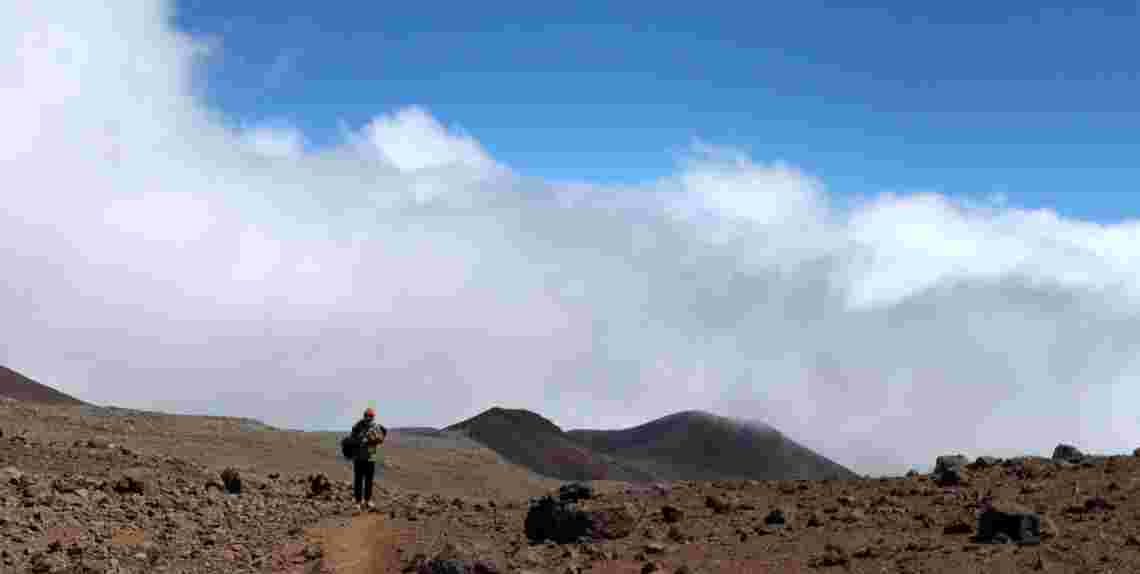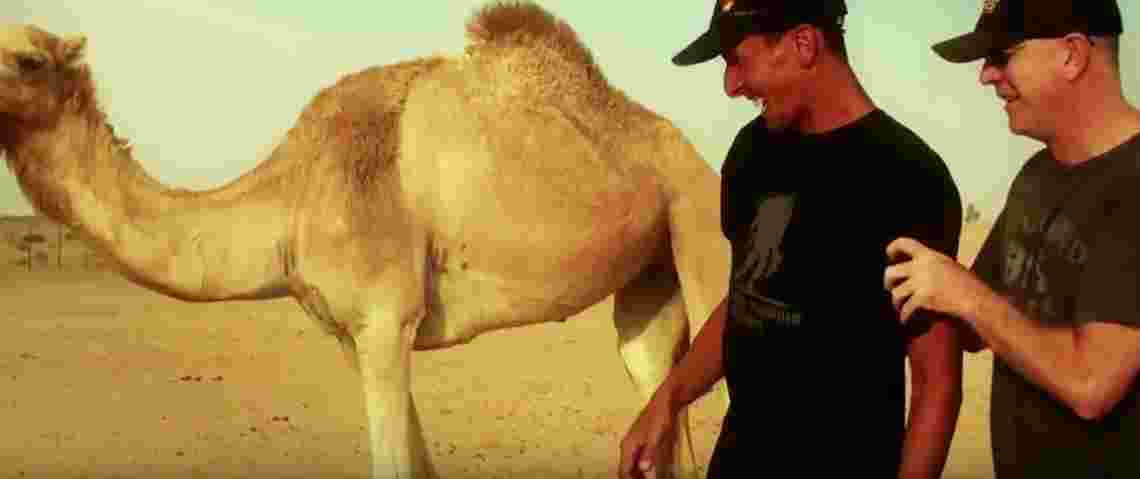In describing inflammation this way, I am clearly not using the metaphors usually applied by science to the process of inflammation. Yet, after all my years of experience and reading - in my view quality research publications - to put inflammation in this core position in our organism hits for me the nail on the head. If I define the inflammatory process in this way, chronic diseases and wellbeing turn into conditions on the same trajectory. It is the intensity of the process and the duration that discriminates the both of them. Treatment and prevention start to merge, resemble each other or may become even identical.
Categorising inflammation by temperature rather than by diagnosis makes sense when inflammation is viewed as essential for wellbeing and illness. Maintaining a constant body temperature within certain thresholds is vital to survival. If a body becomes too hot or too cold, the biochemical reactions for energy production no longer work. Without that energy, the absolute standstill of all processes that keep the body in balance. Inflammation, the underlying power that holds us together, then becomes harmful to the point of self-destruction.
Traditional Chinese medicine categorises illnesses according to temperature. Our system of diagnoses is not considered as adequate for discovering treatment options. The appropriate herbal mixtures are compiled according to how hot or cold an illness is. Many of you will have come across this kind of medicine before and experienced the efficacy of it.




